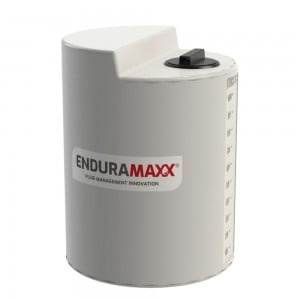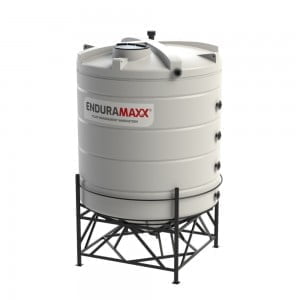No products in the cart.
Primary Water Treatment Tanks
Primary Water Treatment Tanks is the primary sedimentation stage. Sewage or effluent flows through large tanks, commonly called “settling basins”, “primary sedimentation tanks” or “primary clarifiers”. The clarification tanks are used to settle sludge while grease and oils rise to the surface and are skimmed off. Primary settling tanks are usually equipped with mechanically driven scrapers that continually drive the collected sludge towards a hopper in the base of the tank where it is pumped to sludge treatment facilities. Grease and oil from the floating material can sometimes be recovered for saponification (soap-making).
What is Primary Water Treatment?
Primary water treatment removes material that will either float or readily settle out by gravity. It includes the physical processes of screening, comminution, grit removal, and sedimentation. Screens are made of long, closely spaced, narrow metal bars. They block floating debris such as wood, rags, and other bulky objects that could clog pipes or pumps. In modern plants, the screens are cleaned mechanically, and the material is promptly disposed of by burial on the plant grounds. A comminutor may be used to grind and shred debris that passes through the screens. The shredded material is removed later by sedimentation or flotation processes.
Our range of Primary Water Treatment Tanks includes the products below.
Primary Water Treatment Dosing Tanks
Primary Water Treatment Dosing Tanks Specification
- Fitted as standard with a 1.5” Outlet (other options available)
- Available in black, natural Colour
- Available with an outer bund as an optional extra
- 100% rust proof
- UK manufactured
- 10 year guarantee
- Supplied direct from stock for fast delivery
Please note: Tank sizes quoted are subject to a +/- 3% variation
 Call For Price 01778 562810
Call For Price 01778 562810Solids Settling Cone Tanks
Features
- Available in black, boat blue dark green or natural colour
- 100% rust proof – UK manufactured – 10 year guarantee
- Supplied direct from stock for fast delivery
Please note: Tank sizes quoted are subject to a +/- 3% variation
Call For Price 01778 562810Conical Pre-Treatment Tanks
Conical Pre-Treatment Tanks Specification
- Available in black, boat blue dark green or natural colour
- 100% rust proof – UK manufactured – 10 year guarantee
- Supplied direct from stock for fast delivery
Please note: Tank sizes quoted are subject to a +/- 3% variation
Call For Price 01778 562810




